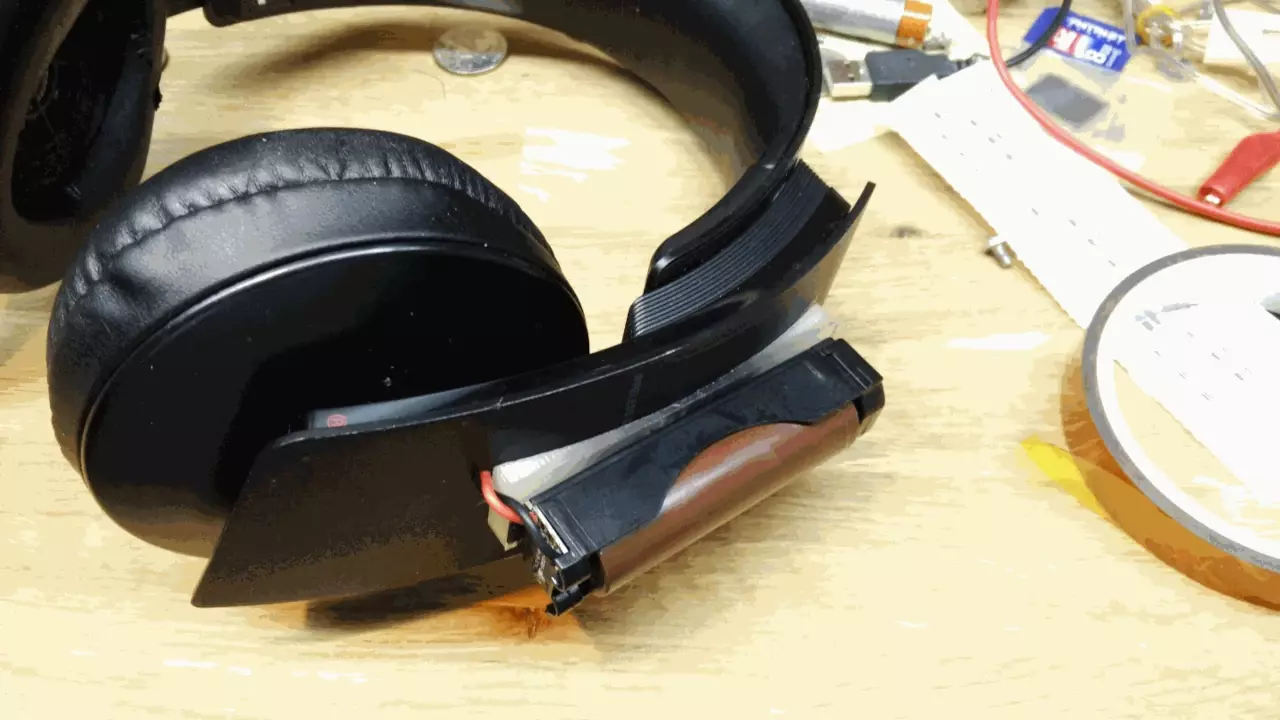Related Topics
Conductive Cuisine
We'll explore an in-depth study conducted by Seth Jenkins, Neil LaTourette, and Brendan Liverman on how boiling time affects hot dog conductivity.
Wanting to be a Wizard - Matt Brown
Matt Brown, shares his career insights, including his experiences working at Tesla and on personal projects like the land speed car and the off-road Viper.
Exploring the Arctic Through Art and Technology with Cy Keener
Cy Keener's work includes a range of data-based efforts to visualize diverse phenomena including ice, wind, rain, and ocean waves.
Other Resources
Circuit Break Podcast
Webinars
Videos
Tour MacroFab's ITAR-Compliant Facility
March 18, 2016, Episode #7
- Parker has almost finalized the front panel design for the Super Simple Power Supply. Going to have a “VU” meter for how much power it is pulling.
- Parker is also still looking for a proper encoder that is vertical mounted but is also thin enough to squeeze between the PCB and the aluminum front panel.
- Next week Stephen and Parker will do a “live” discussion on how the Analog and Digital side of the SSPS will mesh.
- Stephen is working on an Ultimate Pogo Pin Showdown article for the blog. He will be testing lots of different kinds of pogo pins with a wide assortment of tests.
- Parker is working on getting an enclosure for the FX Dev board completed and Stephen has REV 2 of the PCB being made.
- MacroFab now supports ODB++ format. Most big EDA tools support this format.
- No Eagle ULP for ODB++ format?
- Article on EEWeb about “Why to like USB 3.1”. Parker thinks the article is total click-bait.
- Stephen thinks USB 3.1 is not backward compatible if you have to use an adapter.
- Any reason to still use through-hole over surface mount today? Through-hole is the way to go for connectors and human interfaces. Simply put anything that needs retention force should be through-hole.
- Parker has hacked his Sony wireless headphones to use an 18650 battery after he ripped off the mini USB connector several times. See Figure 1.
- Stephen recommends The Art of Electronics. Parker has never read it and is going to borrow Stephen’s copy.
- Parker recommends EMC for Product Designers. It is a good book for learning how to design better PCBs and devices.
About the Hosts

Parker Dillmann
Parker is an Electrical Engineer with backgrounds in Embedded System Design and Digital Signal Processing. He got his start in 2005 by hacking Nintendo consoles into portable gaming units. The following year he designed and produced an Atari 2600 video mod to allow the Atari to display a crisp, RF fuzz free picture on newer TVs. Over a thousand Atari video mods where produced by Parker from 2006 to 2011 and the mod is still made by other enthusiasts in the Atari community.
In 2006, Parker enrolled at The University of Texas at Austin as a Petroleum Engineer. After realizing electronics was his passion he switched majors in 2007 to Electrical and Computer Engineering. Following his previous background in making the Atari 2600 video mod, Parker decided to take more board layout classes and circuit design classes. Other areas of study include robotics, microcontroller theory and design, FPGA development with VHDL and Verilog, and image and signal processing with DSPs. In 2010, Parker won a Ti sponsored Launchpad programming and design contest that was held by the IEEE CS chapter at the University. Parker graduated with a BS in Electrical and Computer Engineering in the Spring of 2012.
In the Summer of 2012, Parker was hired on as an Electrical Engineer at Dynamic Perception to design and prototype new electronic products. Here, Parker learned about full product development cycles and honed his board layout skills. Seeing the difficulties in managing operations and FCC/CE compliance testing, Parker thought there had to be a better way for small electronic companies to get their product out in customer's hands.
Parker also runs the blog, longhornengineer.com, where he posts his personal projects, technical guides, and appnotes about board layout design and components.

Stephen Kraig
Stephen Kraig is a component engineer working in the aerospace industry. He has applied his electrical engineering knowledge in a variety of contexts previously, including oil and gas, contract manufacturing, audio electronic repair, and synthesizer design. A graduate of Texas A&M, Stephen has lived his adult life in the Houston, TX, and Denver, CO, areas.
Stephen has never said no to a project. From building guitar amps (starting when he was 17) to designing and building his own CNC table to fine-tuning the mineral composition of the water he uses to brew beer, he thrives on testing, experimentation, and problem-solving. Tune into the podcast to learn more about the wacky stuff Stephen gets up to.
Special thanks to whixr over at Tymkrs for the intro and outro!
